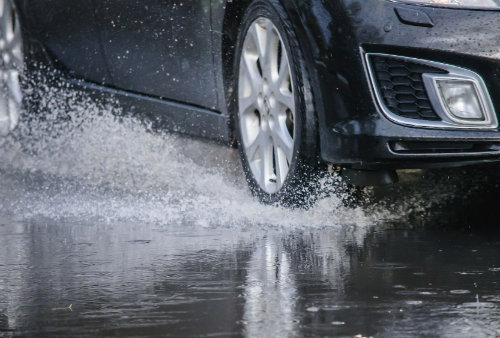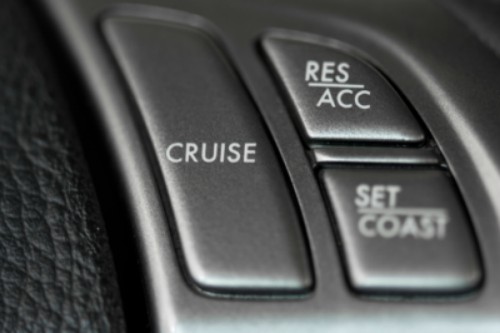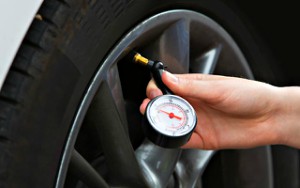Due to how indecisive the British weather is, as British citizens we need to be prepared for every weather condition when commuting from A to B. Most importantly, when we experience a torrential downpour, with this comes the threat of your car aquaplaning.
 What is Aquaplaning? This term is used when a layer of water forms between the surface of your car tyres and the road surface, breaking the contact between your car tyres and the road. When a car begins to aquaplane, its tyres lose contact with the road and the car stops responding to control inputs such as braking, steering and acceleration.
What is Aquaplaning? This term is used when a layer of water forms between the surface of your car tyres and the road surface, breaking the contact between your car tyres and the road. When a car begins to aquaplane, its tyres lose contact with the road and the car stops responding to control inputs such as braking, steering and acceleration.Tyres also fulfil the duty of helping your car grip onto the road through corners, the grooves in them are designed to dissipate water that is on the road. If the volume of water on the road is greater than the volume of tread on your tyres, there will be a surplus of water which cannot be dissipated and the car can start aquaplaning.
What to do if Aquaplaning happens? The main signs to become familiar with when your car begins to aquaplane are the engine revs spiking (due to the reduced resistance required to make the wheels rotate) and the steering becoming lighter (again, due to the reduced force required to turn the wheels).
Remembering, the worst thing you can do in situations like this is to panic. As slamming the brakes down and attempting to steer the car will have little effect and could land you in far worse trouble if your car suddenly regains contact with the road.
Remembering, the worst thing you can do in situations like this is to panic. As slamming the brakes down and attempting to steer the car will have little effect and could land you in far worse trouble if your car suddenly regains contact with the road.
 Now here is what you should do:
Now here is what you should do:
- If you are using cruise control turn it off using the switch, using the brakes at this point may upset the balance of the car and put you in a spin.
- Then gently lift off the throttle. As your brakes, steering, and acceleration are currently redundant, the only sensible thing to do is simply let the car slow down naturally.
- As the speed drops gently try the steering and if it appears to be biting, move onto applying the brakes.
- Gradually you will be able to regain control of your car, before stopping and realising that you need to now breathe.
However, if your car does not slow down sufficiently in the amount of time you have to regain control or you are fast approaching a corner, it is very little you can do aside from trying the steering and brakes ensuring each time you are gentle and smooth.
There are two main principles to remember to prevent you from being in this predicament:

- Be aware of the conditions around you, if there is standing water around or it starts to rain heavily, reduce your speed and take extra care to avoid patches of road that look to be water-logged. Slowing down in wet conditions gives your tyres more chance to work, reduces any build-up of excess water and increases the amount of grip available.
- Tyre condition is the next important factor to consider, as excessively worn, or damaged tyres are less efficient at dispersing water from the road. The minimum legal requirement is 1.6mm, however, leading safety experts recommend a minimum of 2.5mm for winter driving and consider a set of winter tyres as another good idea.
In summary, we need to look after our wellbeing, so if you know that we are going to be experiencing heavy showers and you are travelling (whether that being a long journey to work or just the school run), leave earlier than usual to ensure you have enough time to travel in a safe manner and check your tyre pressures monthly.
For more CarCliq guides click here.
For more CarCliq guides click here.